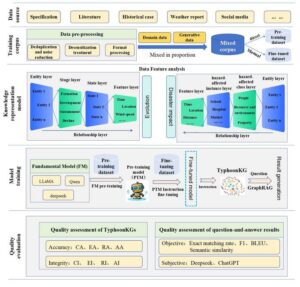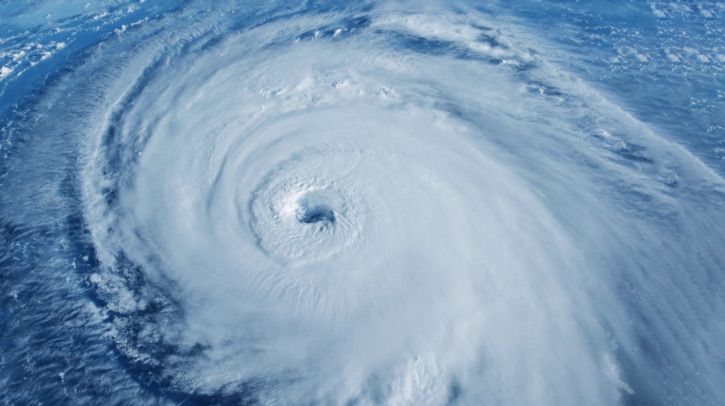A team of researchers has published a study, named Typhoon Disaster Knowledge Service Driven by Large Language Models: Key Technologies and Applications, which introduces a framework for typhoon disaster knowledge services, comprising three interconnected layers: data, knowledge and service. According to the researchers, this study highlights the transformative potential of large language models (LLMs) in typhoon disaster management, and lays a foundation for integrating LLMs with geospatial technologies.

This study was led by researchers Yi Huang and Yongqi Xia, who are both from the School of Internet of Things at Nanjing University of Posts and Telecommunications. Researchers Xueying Zhang and Yehua Sheng, both from the Key Laboratory of Virtual Geographic Environment at Nanjing Normal University, Ministry of Education, and researcher Peng Ye from the Urban Planning and Development Institute of Yangzhou University, also supported the study.
Creating the technology
At the data-to-knowledge layer, this study proposes an LLM-driven automated method for constructing typhoon disaster knowledge graphs (KGs). This method employed a ‘pre-training + fine-tuning’ paradigm to transform unstructured textual data into a structured knowledge representation. A specialized training dataset was then curated, incorporating typhoon-related texts with explicit temporal and spatial attributes. The resulting KG integrated 7,221 nodes, 52 edges and 5,776 triplets, which captured spatiotemporal dynamics and disaster impact mechanisms.
The aforementioned structured knowledge formed a foundation for the subsequent service layer, where an LLM-based intelligent question-answering system was developed. Using graph retrieval-augmented generation (GraphRAG), the system has been designed to retrieve contextually relevant knowledge from the KG and generate user-specific guidance, such as evacuation plans and resource allocation strategies.
Informing early warnings
The authors aimed to demonstrate the effectiveness of this system through experiments, which reportedly achieved high accuracy in concept, entity, attribute and relation extraction. Such a knowledge-to-service layer is intended to ensure seamless conversion of structured knowledge into practical services, such as personalized evacuation plans and resource allocation strategies.
In related news, Dr Xiaowei Tan from the China Meteorological Administration (CMA) Earth System Modeling and Prediction Centre and her colleagues recently published a paper titled Typhoon Kompasu (2118) simulation with planetary boundary layer and cloud physics parameterization improvements in Atmospheric and Oceanic Science Letters. Their study introduces a new parameterization scheme for friction velocity at the ocean surface and a two-moment cloud microphysics parameterization scheme into the CMA-TYM operational model, replacing the original schemes. Read the full story here



